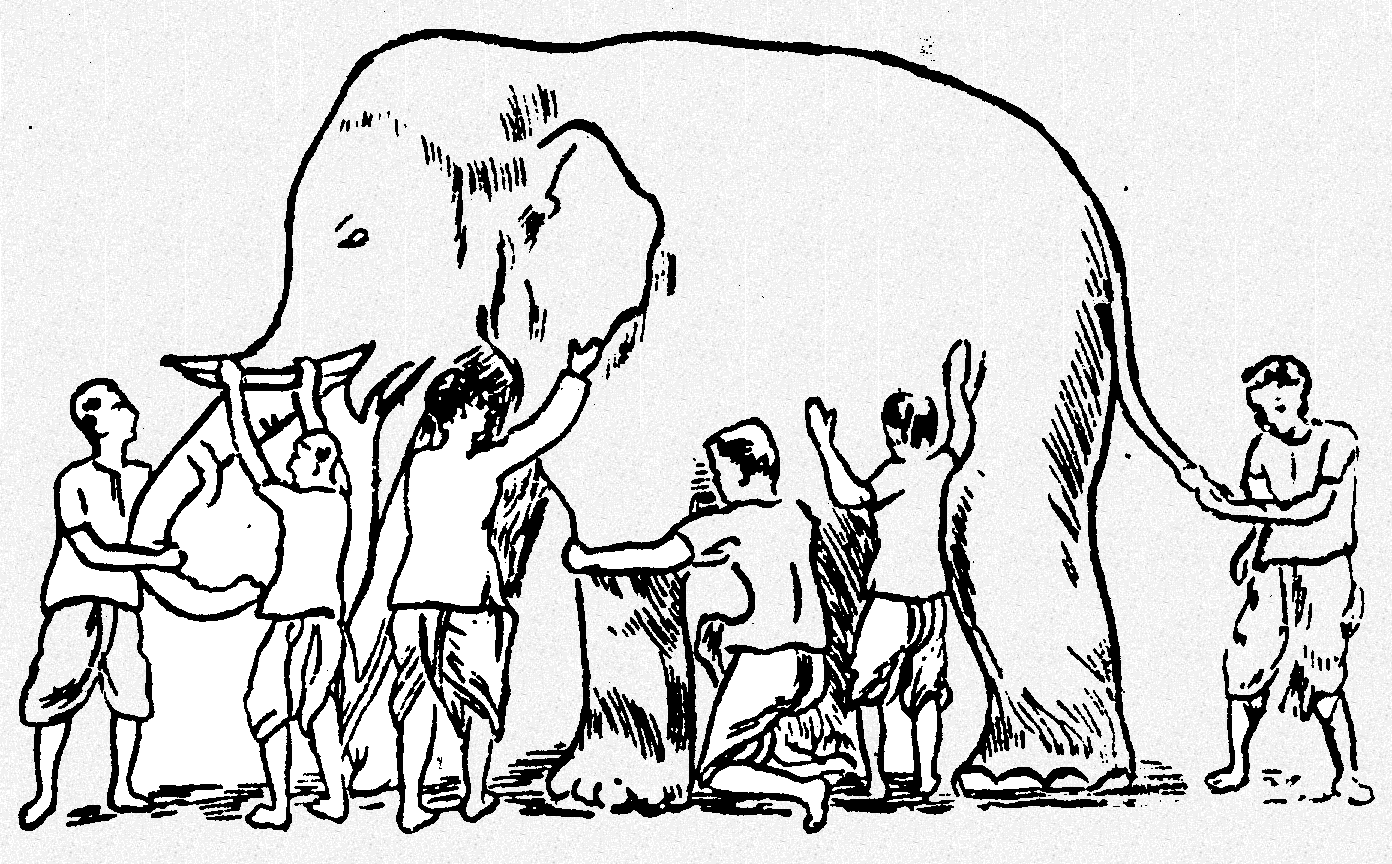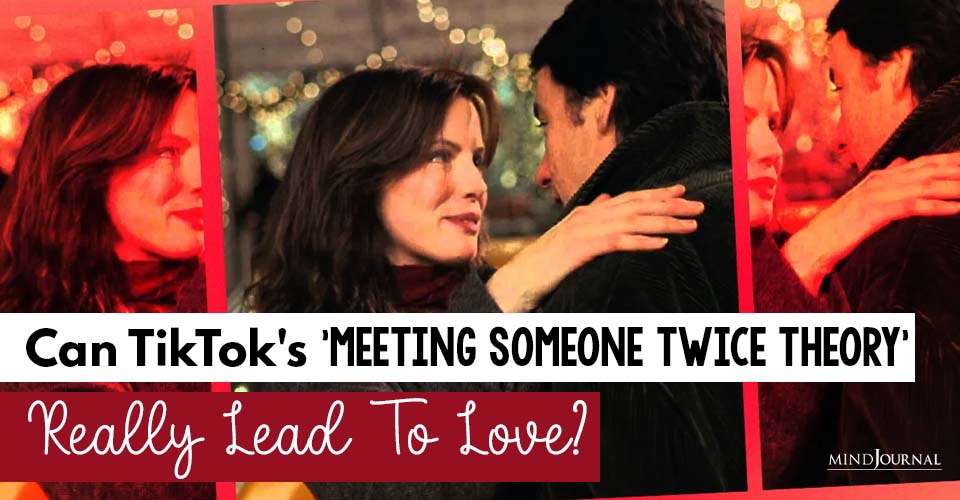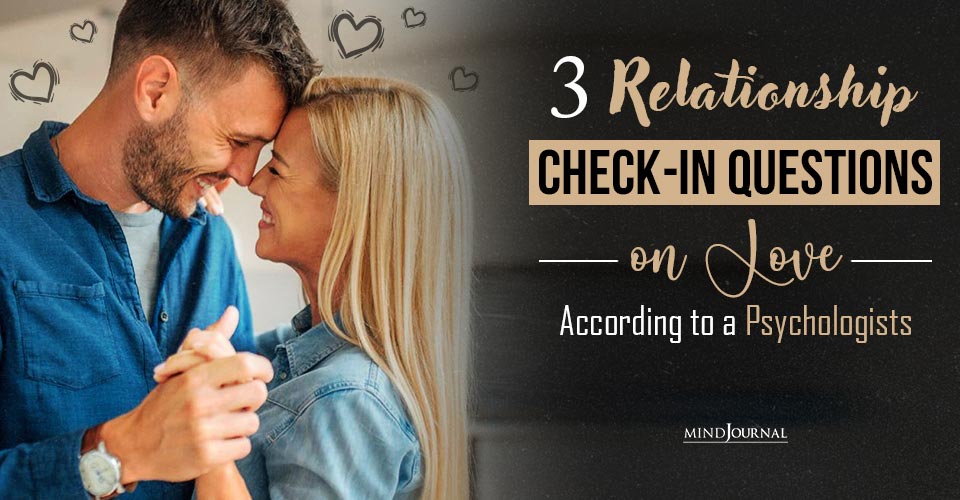This is how you will know that there are two different valid views of every conflict.
Heather’s voice raises as she says, “How can you not see it my way? It’s the truth and you know it. You’re just too stubborn to admit it!”
Jason responds,
“That’s not what happened at all. How can you not see that? I’m right, you’re wrong. You admit it!”
I step in, “Hey, I’m going to stop you guys because it feels like we’re missing each other.”
They both look at me as Heather says, “Well… Who’s right? Me or him?”
“You both are. Let me explain.”
Heather and Jason’s argument demonstrates one of the most common problems during the conflict: often, partners see each other as enemies rather than intimate allies in a battle against misunderstanding.
This is why partners use the four horsemen and blame each other for their relationship problems, which is destructive to their emotional bond and leads to more disconnection and fighting.
To turn things around during your next State of the Union conversation, when you are the Speaker make sure you pay attention to the “T” in Dr. Gottman’s ATTUNE conversation model.
The “T” stands for tolerance which, means accepting that every situation can yield two different yet valid perspectives that deserve equal weight. To help you do this, I want to share three perspective shifts that have done wonders for couples.
These three perspective shifts also remind us that there is always something worth learning from your partner’s viewpoint.
By gaining a new perspective on what is going on, conflict stops functioning as a barrier to connection and becomes a bridge to understanding each other better.
Conflict is in the space between
One perspective shift I talk about with couples is shifting from viewing the problem as the other person’s fault to viewing the problem as inhabiting the space between each other.
When couples are fighting, I like to use the metaphor that partners are like separate islands with murky water separating them.
Instead of trying to fix each other, partners should focus on cleaning that murky water. After the water is cleaned up, both partners can dive below the surface of what appears to be going on to discover what is actually going on.
The island visual is also helpful because it figuratively illustrates that we need to travel to our partner’s island to see their perspective of the world.
Typically when we are in conflict, we become stuck on our island and start throwing verbal rocks at our partner’s island. But if we swim over, walk around, and see the problem from their vantage point, we increase the chances of shifting our perspective to “Oh, I can totally understand how you see it this way. That makes perfect sense to me.”
Once you accept the idea that in every disagreement there are always two valid points of view, it’s no longer necessary to argue for your own position.
Instead, you can empathize with your partner’s feelings and really understand their “island.” This doesn’t mean you have to agree, but it’s vital that you understand where they are coming from.
When you do this and your partner does this for you, it becomes much easier to find a solution that works for both of you.
Read 3 Useful Blueprints For Managing And Resolving Conflict In Relationships
Finding the elephant in the room
There’s a tale about six blind men who wanted figure out what an elephant is by touching it:

When the first man touched the leg he said, “Hey, the elephant is a pillar.”
The second man said, “No, it’s like a rope,” when he touched the tail.
The third said, “No, it’s like a thick branch of a tree,” as he touched the trunk of the elephant.
The fourth man said, “It’s like a big hand fan,” as he touched the ear.
The fifth man said, “No, it’s a huge wall,” as he touched the belly of the elephant.
The sixth man said, “It’s a solid pipe,” as he touched the tusk of the elephant.
The men began to argue about the elephant and each one insisted they were right.
To you and me, it’s clear: they are all right. The point is that in practically every fight there is an invisible elephant in the room, and the truth about that elephant lies somewhere in the middle of both perspectives.
Even the grayness of the elephant metaphorically implies that there is no single view of the “facts.” Often problems are not black or white.
The moral of the story is to acknowledge that your partner’s perspective is just as valid as yours. You don’t have to agree, but, to work through a regrettable incident, you need to show respect for their opinions.
With one fighting couple I worked with, the husband and wife were unwilling to understand the other’s perspective. I told the couple about the elephant.
Later that night as the wife was cooking dinner, the husband began to act like a mime feeling the air. The wife looked at him with a What is wrong with you? kind of look and he responded, “I’m trying to find the elephant in the room. Can you tell me what you’re seeing so we can figure out what this elephant is together?”
She chuckled and they started working together to figure out what this particular elephant looked like and why it was awkwardly standing in the room of their relationship.
Read Conflict Is A Normal And Natural Part Of Your “Happily Ever After”
Check your jersey
The third perspective shift I like to tell couples is what I call the “Check Your Jersey” approach. Often in conflict, we feel like we are on different teams, trying to score points against each other.
When this happens, both partners lose. The goal of a conflict discussion is to find the best win-win for both partners. Sometimes this requires compromise—other times all partners need is to feel understood.
It’s helpful to imagine that underneath each partner’s clothes are a jersey of the same color. At times we forget and pass the ball to the wrong team, but if we check our jersey we can remind ourselves to pass to each other, work together, and score points against the team of misunderstanding.
If you struggle to respect your partner’s perspective, it might be because you see your partner on the other team. This is common.
We often highlight our positive qualities and label our partner with negative ones. This is what Fritz Heider calls the Fundamental Attribution Error. It’s pretty much like saying, “I’m okay; you’re defective.”
This competitive view stands in the way of resolving relationship conflicts. The way to handle this is to perceive the qualities in your partner that you perceive in yourself (which is just another way of being on the same team).
As Heather put it, “Yes, he’s being selfish right now, but so am I. Maybe we each need to be a little selfish so we can make our relationship work.”
These three shifts are helpful because they remind us to attune to our partner’s side of the story. One of the vital elements of Dr. Gottman’s State of the Union conflict conversation is to not persuade, problem solves, or compromise until both partners can state each other’s positions to satisfaction.
His 40 years of research on thousands of couples have shown that problem solving before partners feel understood is counterproductive.
Read Help Your Partner Understand Your Side of the Conflict in 3 Steps
Next week we are going to give you the secret recipe for asking for your needs to be met in a way that helps your partner meet them. Stay tuned.
By Kyle Benson









Leave a Reply
You must be logged in to post a comment.